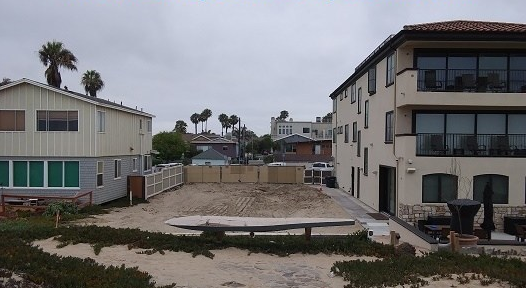Highest and Best use is the most profitable likely use to which a property can be utilized relative to surrounding properties, laws, and environment. In concept, a property could have a wide variety of uses including residential such as single unit residential housing or multi-unit rentals, or commercial buildings such as a gas station or stores, or green spaces such as a park. Urban and suburban properties tend to be put to its highest and best use as residential spaces in a competitive market over the long run. Since the owner, user, or potential buyer of property is presumed to plan to put real estate to its highest and best use, it is a basis for valuation.

Most residential properties are being used at their highest and best use so long as the properties are in residential areas. A house built on a property that is zoned for single-family residential building only is the properties highest and best use. A vacant lot in the same neighborhood is not the highest and best use. Although a highly profitable business may seem like a higher and better use of the property, the surrounding residential properties and zoning requirements would prohibit that use. An example of a residential property that is not the highest and best use would be a residential house that is between a gas station and grocery store on a heavily traveled street.

Determining a property’s highest and best use should be a part of every valuation. Consider the entire range of legally possible uses for the property, existing zoning as well as possible zoning changes. A zoning change may affect the highest and best use.

